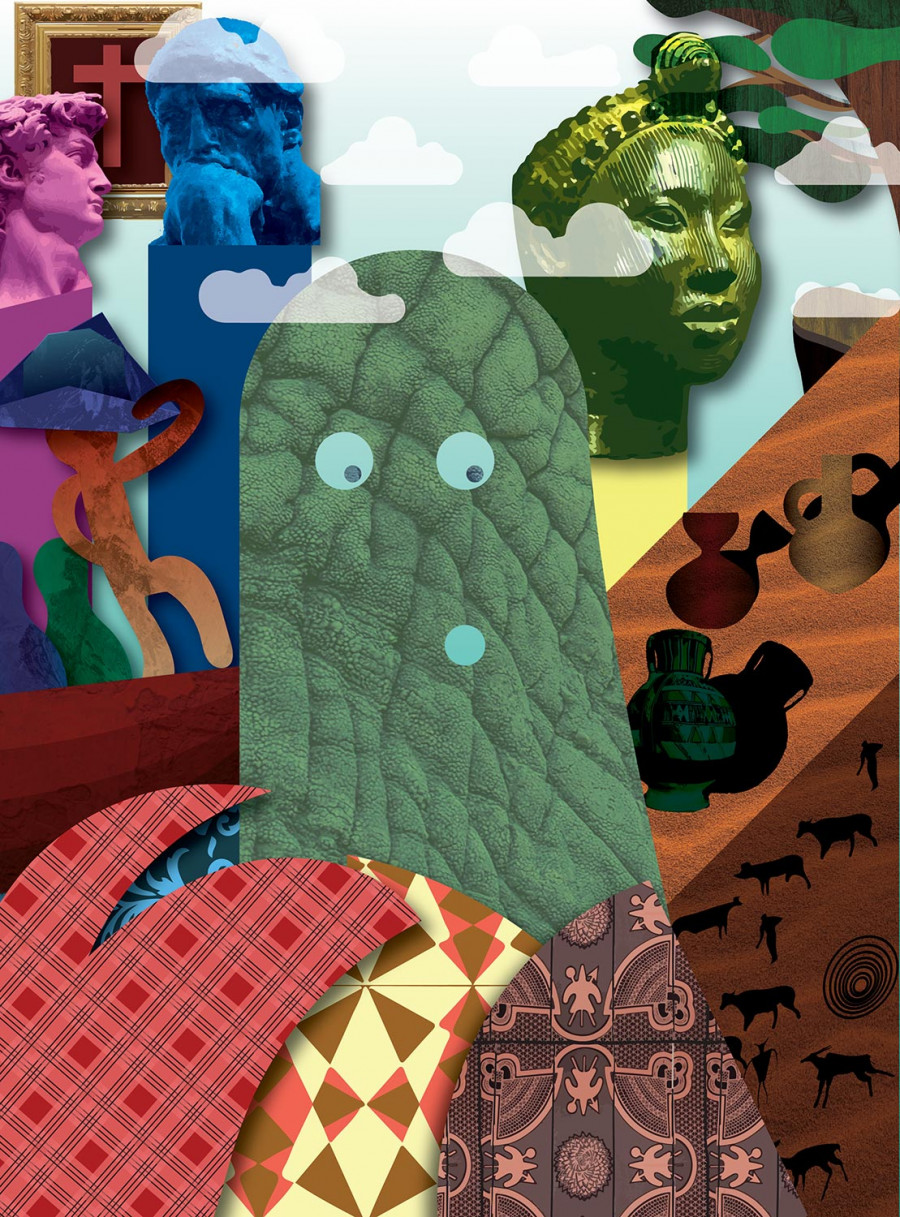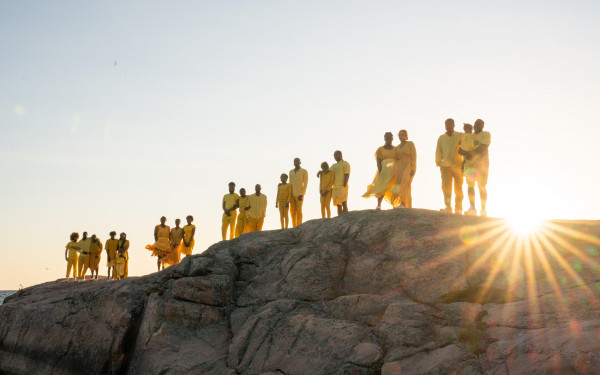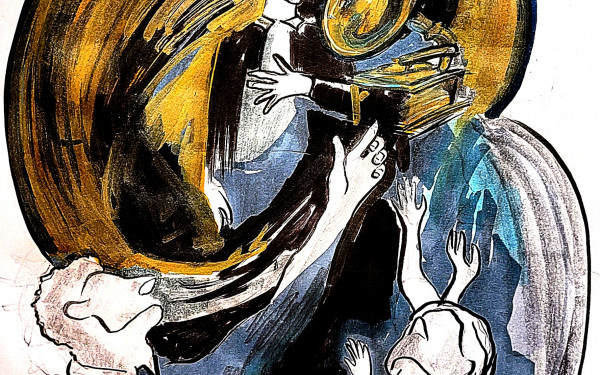Decolonizing Concordia’s Art History Department
The Problems and Progress of Diversifying the Curriculum
Concordia has a reputation for being very progressive for its student activism and the small steps the administration is making to open the conversation. The university holds a lot of events for Black and Indigenous folks, people of colour, LGBTQA+ individuals and other marginalized groups.
The faculty of fine arts, and particularly the art history department within it, are aiming to decolonize classes and are taking small steps to do so. However, it is still important to examine what has been done, what work is in progress, and what needs to happen.
In history, and particularly art history, there is an agreed-upon canon from which students learn. This canon refers to everything that is important to know. Art history majors at Concordia have to take ARTH 200, Perspectives of Art History, which is a year-long, six credit class based around this canon.
The department of art history, along with the university as a whole, do talk about decolonization. The land acknowledgement is present in the department, and several courses on non-European subjects are offered.
The eurocentrism of the art history department at Concordia is seen within the department displaying things that fit a certain narrative to present a one sided truth.
It allows art historians, and the field as a whole, to ignore all of the other perspectives that exist.
Chelsy Monie is an artist who recently finished her BA in communications with a minor in art history at Concordia. This summer, she had her work exhibited at the Visual Arts Visuels Gallery.
During her time at Concordia, Monie felt dissuaded from taking certain classes because she felt they would be ignoring her perspective as an African person.
The history based classes would follow a very linear, Eurocentric structure. Monie explained that she had to be constantly thinking outside of this framework.
“While white people were doing all these things that the professors were talking about, my people in Africa were also doing all these things,” she pointed out.
She wound up doing a lot of her own research outside of class.
“If your textbook has only 20 pages on the largest continent in the world, there’s a problem.”
She would often be the only Black person in the room and so she was the one who would have to meet with professors and even the department chair about having more voices heard.
At Concordia, there is a lot of work being done to shift the focus away from Europe, to “pass the mic” so to speak.
Numerous faculty members are ensuring, at their own discretion, to cover topics that are not centred around European knowledge or ways of visualizing it, and to assign readings by BIPOC.
There are many student-led groups that focus on these experiences as well, such a the Indigenous Art Research Group and Ethnocultural Art Histories Research Group.
If the department wants to provide diverse perspectives, it needs to ensure that the history and contemporary reality of BIPOC is just as recognized and celebrated as the European one.
Dr. Johanne Sloan is a professor in the art history department. She began at Concordia with her BFA, and is now the chair of the art history department. Sloan is a white woman who highlights the voices of women, BIPOC and LGBTQA+ individuals.
Sloan described the beginning of her education at Concordia in the 1980s, saying that professors were just starting to talk about decolonization, but artists of colour were rarely brought into discussions of contemporary works.
Over the years she has seen changes in the department—slowly, but happening nonetheless. Sloan personally finds it important to address multiple perspectives in her lectures because it acknowledges the diversity and perspectives of the students in her classrooms.
“If we believe in a multiplicity of perspectives, it should translate in to how we write about art.”
Sloan supports the continual progression of the art history department towards decolonization. However, she sees it taking a while due to how the university as a whole tends to take a while with making decisions and structural changes.
Sloan noticed the pace and progress picking up a bit after the Truth and Reconciliation Commission in 2015. The TRC released a list of requests for academic institutions and many professors and students sprung into action.
At Concordia, the Indigenous Directions Leadership Group was formed.
In terms of the department’s focus on the European canon, Sloan feels it is important.
“Much of our image culture has a lot of genealogy in European modes of image making. Important knowledge is there, but we just have to critique it,” said Sloan.
This semester, there are classes being offered about Pakistani art and Mexican art, along with a postcolonial theory class.
Now seems like an exciting time to be an art history student at Concordia. However, it is important to stay critical, and constantly question the need for a focus in the first place.
If the department wants to provide diverse perspectives, it needs to ensure that the history and contemporary reality of BIPOC is just as recognized and celebrated as the European one.


_600_832_s.png)




